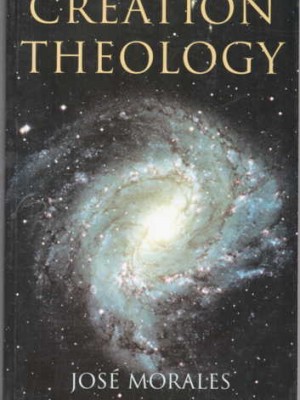By William Riordan, S.T.D.
Published by Ignatius Press
2008, Softcover, 293 pages
In his missionary journeys, St. Paul spoke in a number of cities in the Greek peninsula including Athens, renowned for its philosophical heritage. He addressed to them the message of the One, Unknown God (Acts 17:22ff). Among those present in the Areopagus (the open city center of Athens) on that day was a certain Denys (Dionysios) who eventually became a disciple of Paul.
Centuries later, a corpus of writings appeared bearing the name of the Denys the Areopagite. These texts were considered to be the writings of the first century disciple of the Apostle Paul and thus achieved almost immediate prominence, strongly influencing the lives of St. Maximus the Confessor (d. 662) and St. John Damascene (d.749) in the East and Eriugena (d. 877), St. Bede (d. 735), St. Bernard (d.1153) St. Thomas Aquinas (d. 1272) Nicholas of Cusa (d. 1464), St. John of the Cross (d. 1591), and many other great minds in the West.
Later historical studies of Denys’ texts, especially during the 19th century, showed conclusively that the writings are of a later date (5th century) than had generally been thought. Hence, the appending of “Pseudo-” before the name of Denys (Pseudo-Denys, Pseudo-Dionysius) became common place.
The extraordinary brilliance of the texts themselves, however, has been in no way dimmed. The late Holy Father John Paul II in his monumental encyclical Fides et Ratio warns insistently against an approach to Revelation that shuns metaphysics. The texts of Denys provide a majestic and profound metaphysical perspective. Deeply formed by the Divine Liturgy and the Sacred Scriptures, this mysterious author uses the great insights of Plato and his later disciples, expressing the deepest profundities of the faith in stunningly beautiful writings. In Denys, readers past, present, and future find a penetrating contemplative vision into the Mystery of the Trinity and its creation.
This book is a focused exposition of Denys’ theological understanding with particular attention to the illuminating metaphysical depth of his insight. Care has been taken to prepare a text that is readable for the serious laymen accompanied with footnotes to provide a more detailed background for the scholar. (From the back cover)






Reviews
There are no reviews yet.